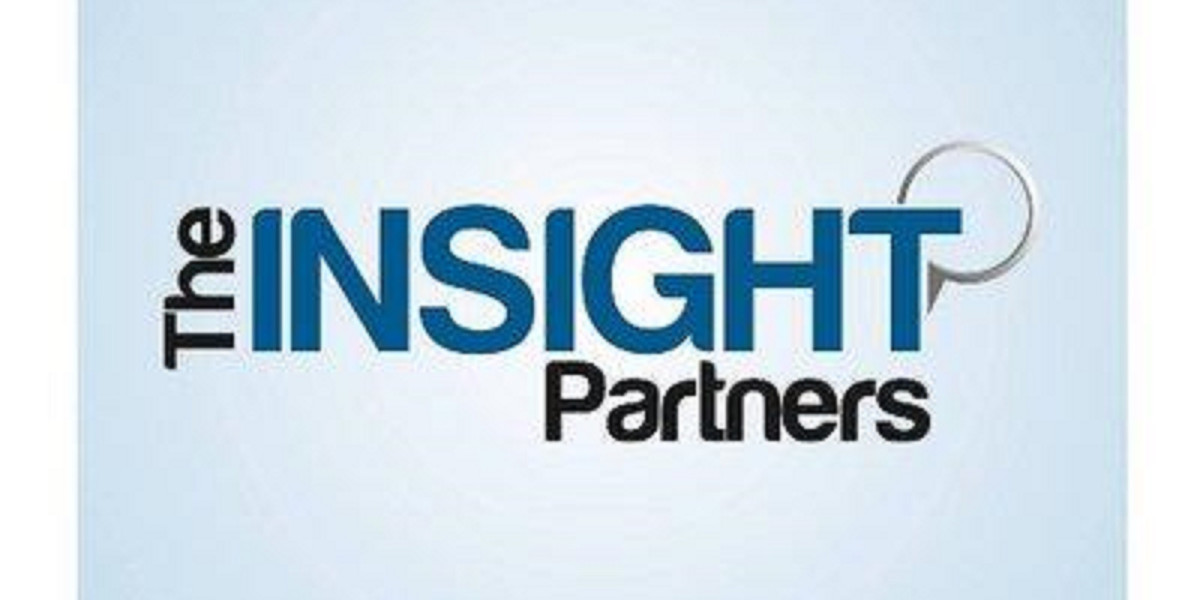United States of America – [28-10-2025] – The Insight Partners is proud to announce its latest market report, “Silicon EPI Wafer Market: An In-depth Analysis of the Silicon EPI Wafer Market.” The report provides a comprehensive view of the Silicon EPI Wafer Market, analyzing current industry dynamics, key trends, and future growth prospects through the forecast period.
Overview of Silicon EPI Wafer Market
The Silicon EPI Wafer Market has been experiencing steady growth due to rising demand from various high-performance applications such as consumer electronics, automotive, and healthcare devices. Epitaxial wafers are crucial in the fabrication of high-speed and energy-efficient semiconductor components, enabling superior performance, low power consumption, and enhanced reliability. The market is witnessing increased adoption of advanced wafer technologies, such as heteroepitaxy and homoepitaxy, driven by ongoing miniaturization trends and innovations in semiconductor manufacturing.
The transition to electric vehicles (EVs), 5G infrastructure, and Internet of Things (IoT) devices is creating strong demand for silicon epitaxial wafers with higher precision and thermal stability. Additionally, the rising focus on advanced manufacturing for power electronics and MEMS devices continues to propel the market’s expansion globally.
Key Findings and Insights
Market Size and Growth
The silicon EPI wafer market size is projected to reach US$ 6.43 billion by 2031 from US$ 3.27 billion in 2023, registering a CAGR of 8.8% during 2023–2031.
This robust growth reflects the increasing integration of semiconductors in next-generation technologies and the accelerating need for high-quality wafer materials to meet evolving performance standards.
Key Factors Affecting the Silicon EPI Wafer Market:
Growing demand for power-efficient devices: Rising adoption of power semiconductors in EVs and renewable energy systems drives the market.
Technological advancements: Innovations in wafer epitaxy techniques enhance layer uniformity, reducing defects and improving efficiency.
Rising applications in consumer electronics: Expanding smartphone and IoT ecosystems continue to rely heavily on high-quality silicon wafers.
High manufacturing costs and complexity: The requirement for specialized environments and advanced equipment can increase production costs, particularly for large-diameter wafers.
Market Segmentation
By Wafer Size
6 Inch
8 Inch
12 Inch
By Application
LED
Power Semiconductor
MEMS-based Device
By End User
Consumer Electronics
Automotive
Healthcare
Aerospace and Defense
By Type
Heteroepitaxy
Homoepitaxy
The 12-inch wafer segment dominates the market due to its superior production yield and suitability for large-scale semiconductor manufacturing. The power semiconductor application segment is also witnessing significant traction, particularly in automotive and industrial systems, owing to the growing need for energy-efficient components. Among end users, the automotive and consumer electronics industries represent the leading adopters, supported by continuous demand for smarter, lighter, and faster electronic systems.
Spotting Emerging Trends
Technological Advancements
Recent technological developments are reshaping the Silicon EPI Wafer Market landscape. Manufacturers are leveraging molecular beam epitaxy (MBE) and chemical vapor deposition (CVD) technologies to achieve ultra-thin and defect-free epitaxial layers. The growing trend toward heteroepitaxy on silicon carbide (SiC) and gallium nitride (GaN) substrates is expanding application potential in high-power and high-frequency devices. Automation in wafer inspection and AI-based monitoring systems are also enhancing process efficiency and consistency across production lines.
Changing Consumer Preferences
The rise in consumer demand for compact, energy-efficient, and high-speed devices has accelerated the transition to advanced epitaxial wafer technologies. Device manufacturers are prioritizing performance and thermal management, especially in 5G smartphones, wearable devices, and electric vehicles. Additionally, as sustainability gains importance, companies are focusing on eco-friendly wafer production processes that minimize material waste and energy usage.
Regulatory Changes
Government policies and industry standards are increasingly emphasizing semiconductor localization and supply chain resilience. Initiatives such as the U.S. CHIPS and Science Act and similar semiconductor support programs in Asia and Europe are driving investments in epitaxial wafer production. Compliance with strict quality and environmental regulations is pushing companies to adopt greener manufacturing technologies and maintain stringent quality assurance protocols.
Growth Opportunities
The Silicon EPI Wafer Market offers multiple avenues for expansion in the coming years:
Electrification of vehicles: As EV adoption rises globally, demand for high-voltage power semiconductors using epitaxial wafers will increase substantially.
Next-generation communication technologies: The rollout of 5G and the upcoming 6G era are expected to create new opportunities for high-frequency, low-loss wafer applications.
Healthcare and aerospace integration: Advanced sensors, imaging devices, and monitoring systems in healthcare and aerospace sectors are creating niche demand for precision-engineered wafers.
Strategic partnerships and capacity expansion: Manufacturers are investing in new facilities and collaborating with semiconductor foundries to strengthen wafer production and supply continuity.
Market Leaders and Key Company Profiles
The competitive landscape of the Silicon EPI Wafer Market includes established global players focusing on research, capacity expansion, and sustainability initiatives.
Prominent companies include:
Applied Materials, Inc.
II-VI Incorporated
Shin-Etsu Chemical Co., Ltd.
SUMCO Corporation
Wafer World Inc.
Siltronic AG
Nichia Corporation
GlobalWafers Japan Co., Ltd.
EpiGaN nv (Soitec Belgium N.V.)
SK Siltron Co., Ltd.
These key players are driving innovation in epitaxial wafer production by adopting automation, AI-driven inspection, and advanced material integration to deliver superior product quality and performance.
Conclusion
The Silicon EPI Wafer Market: Global Industry Trends, Share, Size, Growth, Opportunity, and Forecast 2023–2031 report provides valuable insights for businesses looking to enter or expand their footprint in the semiconductor materials industry.
As technological innovation accelerates, and demand for high-efficiency electronic devices continues to rise, silicon epitaxial wafers will remain at the forefront of semiconductor manufacturing. The report serves as a crucial resource for stakeholders, offering a clear understanding of market trends, opportunities, and competitive strategies shaping the future of this dynamic industry.
The Insight Partners is a one-stop industry research provider of actionable intelligence. We help our clients get solutions to their research requirements through our syndicated and consulting research services. We specialize in semiconductor and electronics, aerospace and defense, automotive and transportation, biotechnology, healthcare IT, manufacturing and construction, medical devices, technology, media and telecommunications, and chemicals and materials.
Contact Us:
· If you have any queries about this report or if you would like further information, please get in touch with us:
· Contact Person: Ankit Mathur
· E-mail: ankit.mathur@theinsightpartners.com
· Phone: +1-646-491-9876








